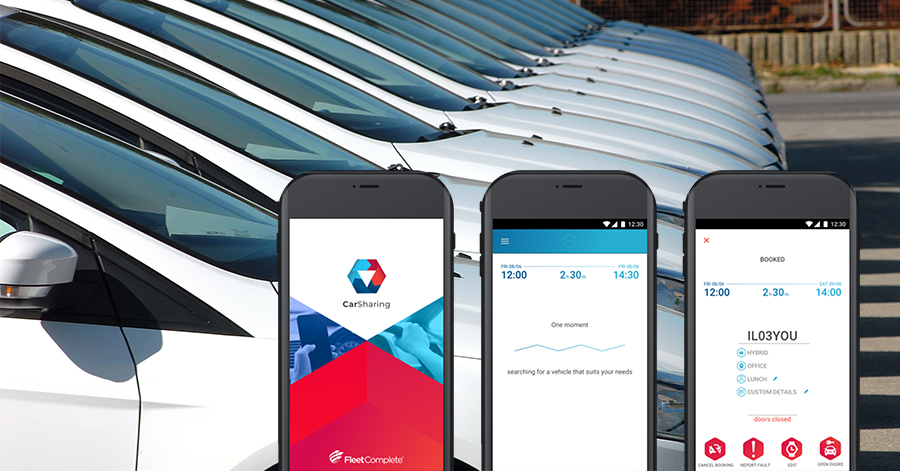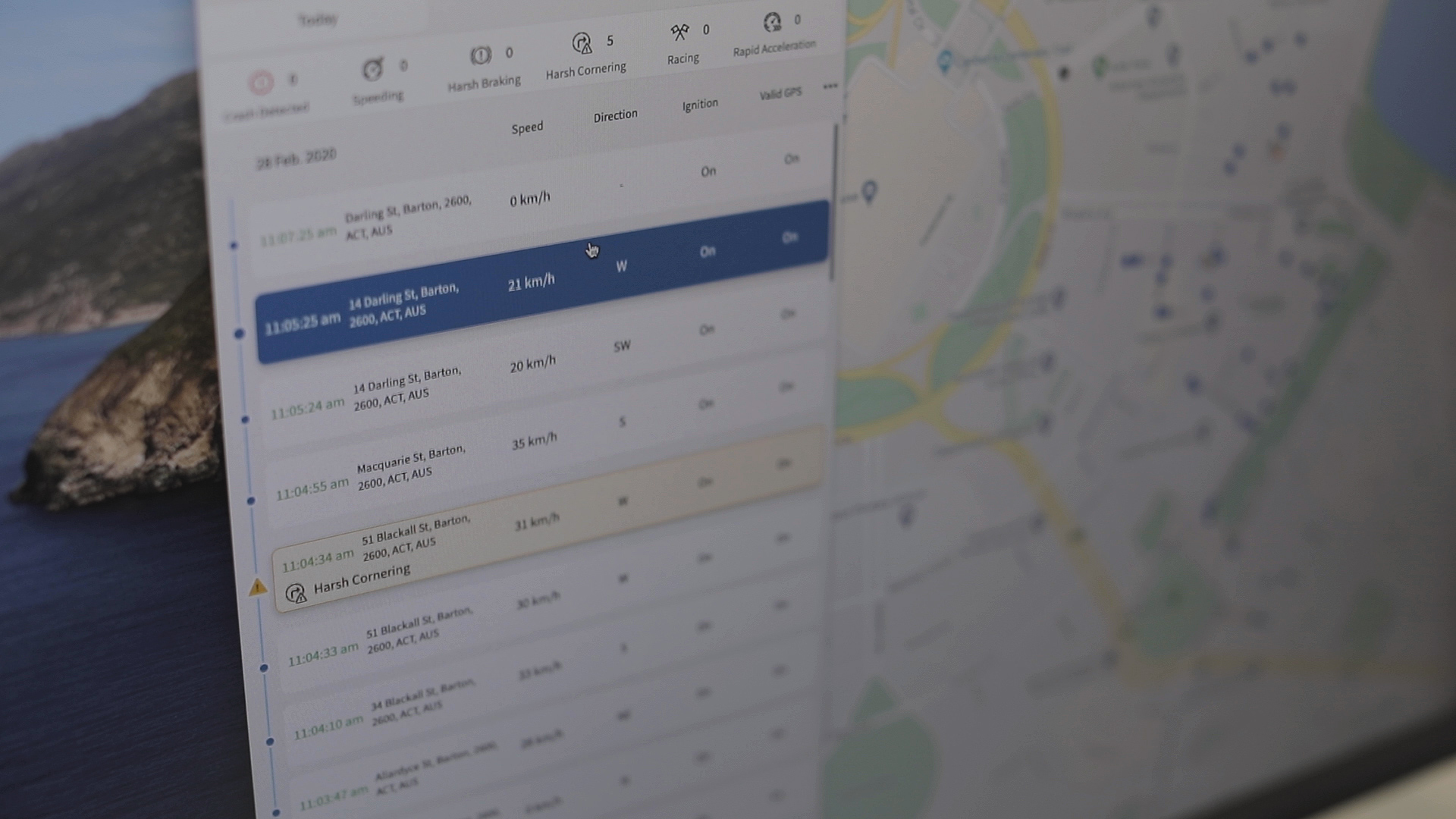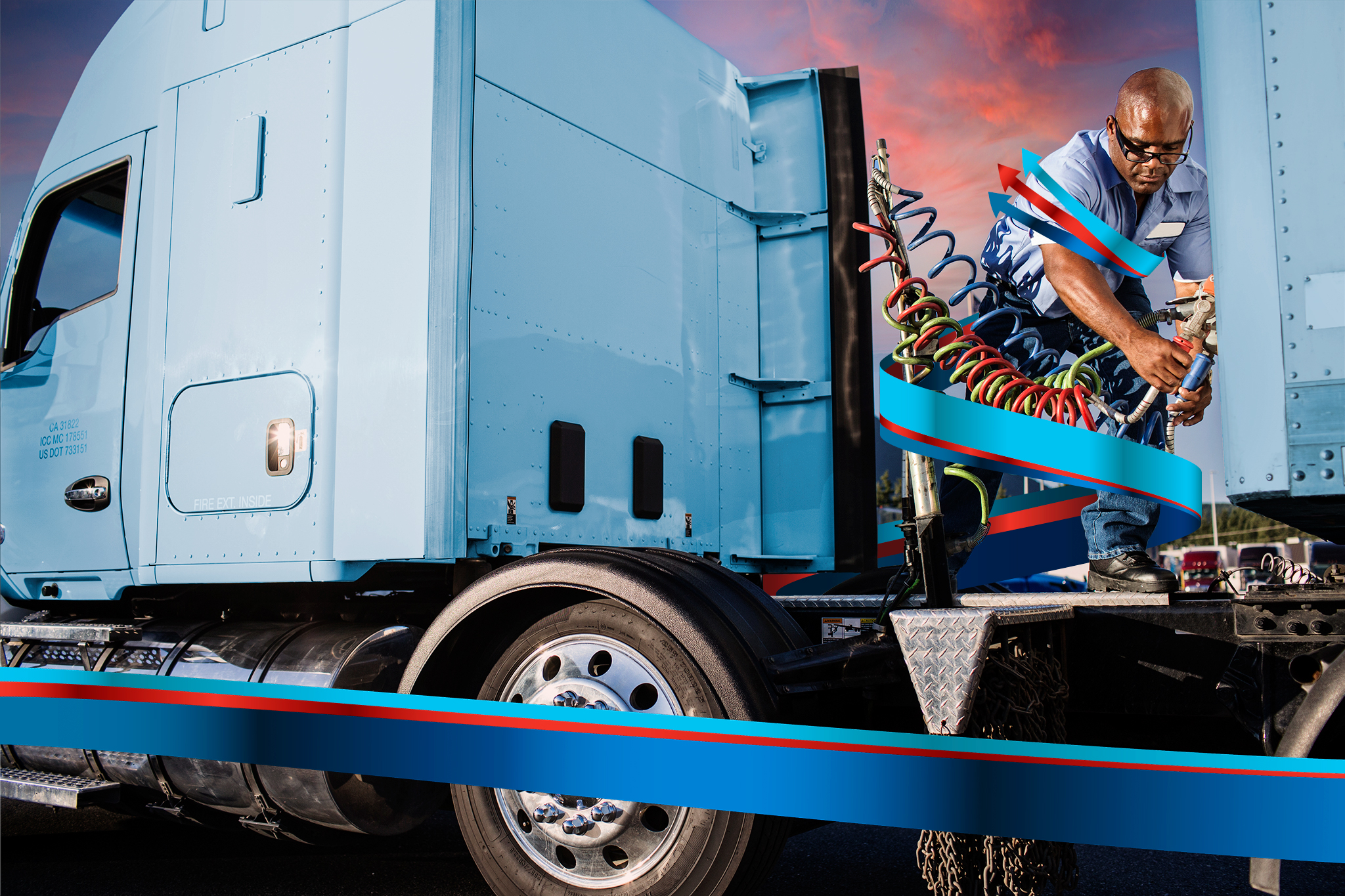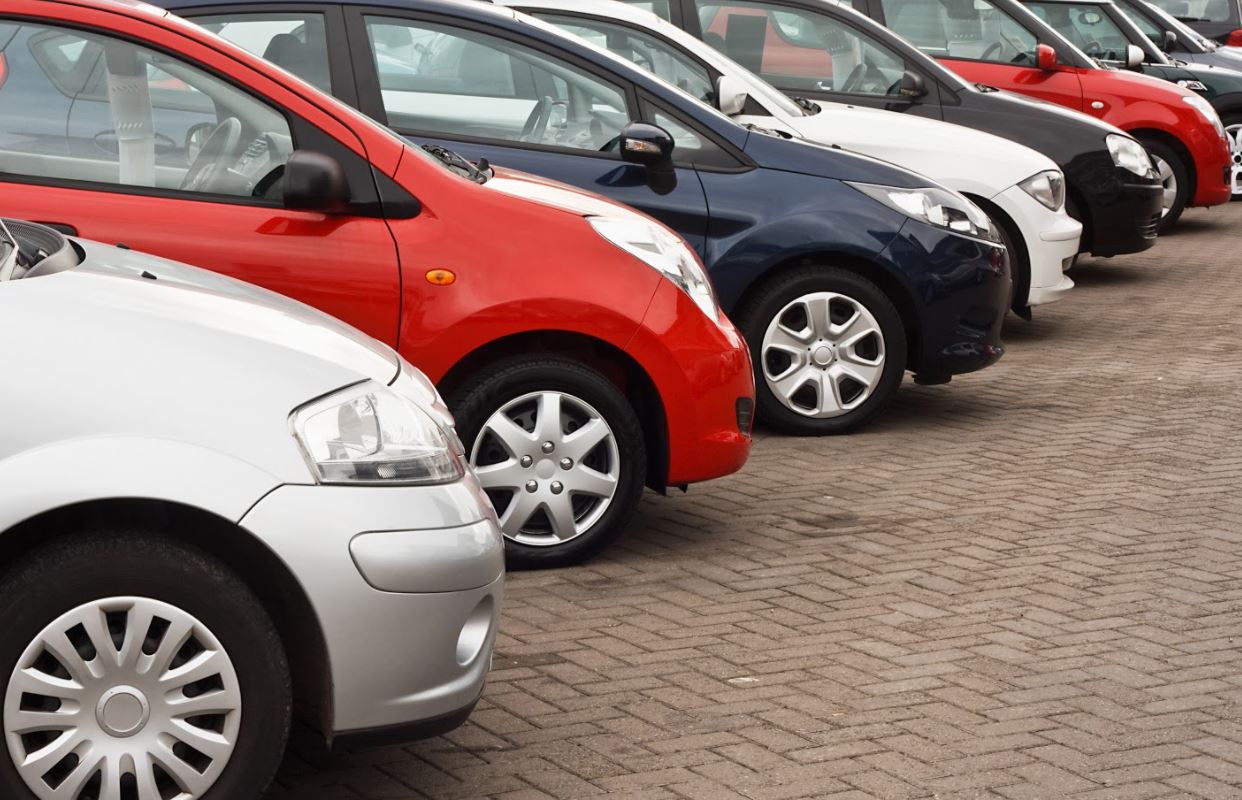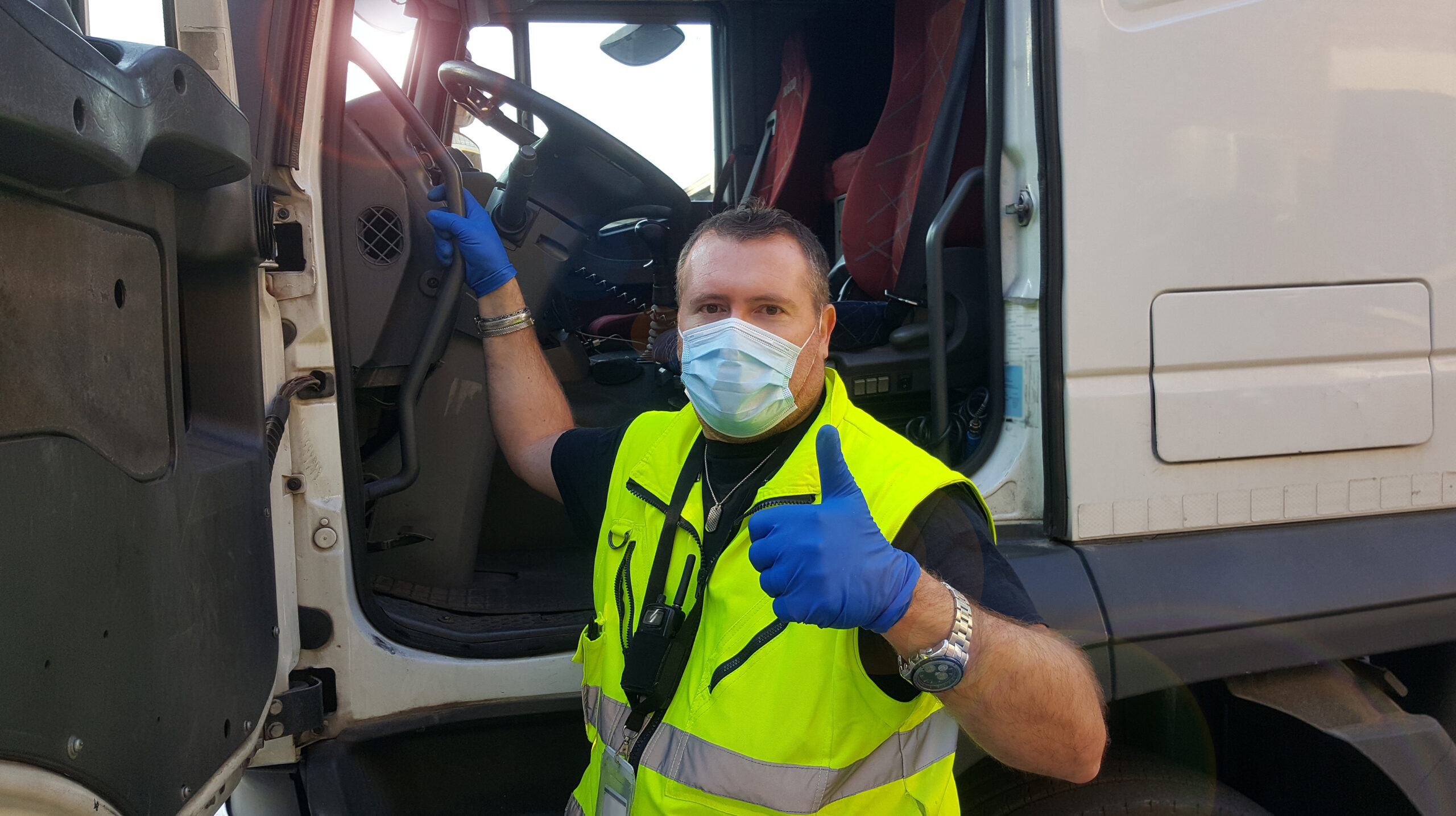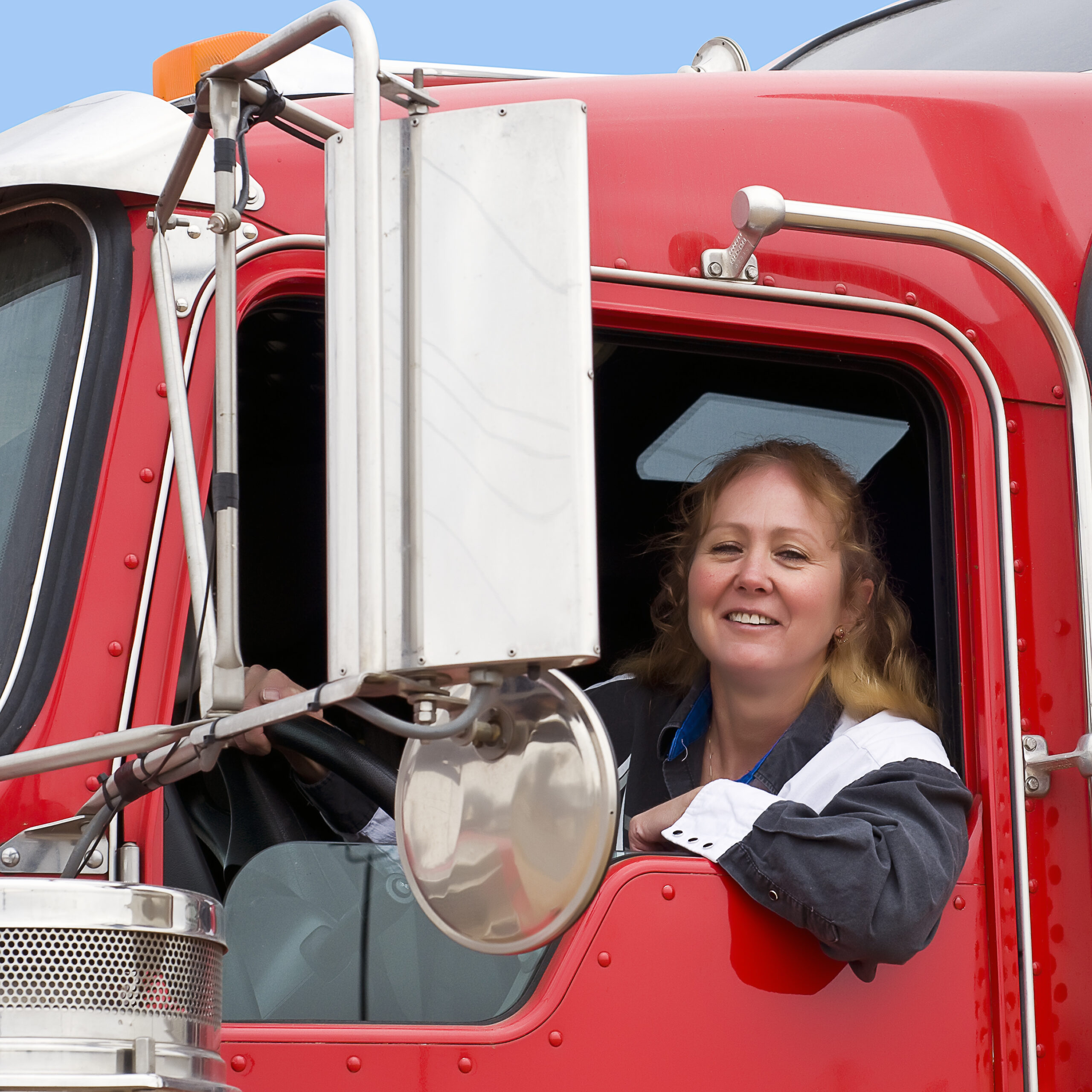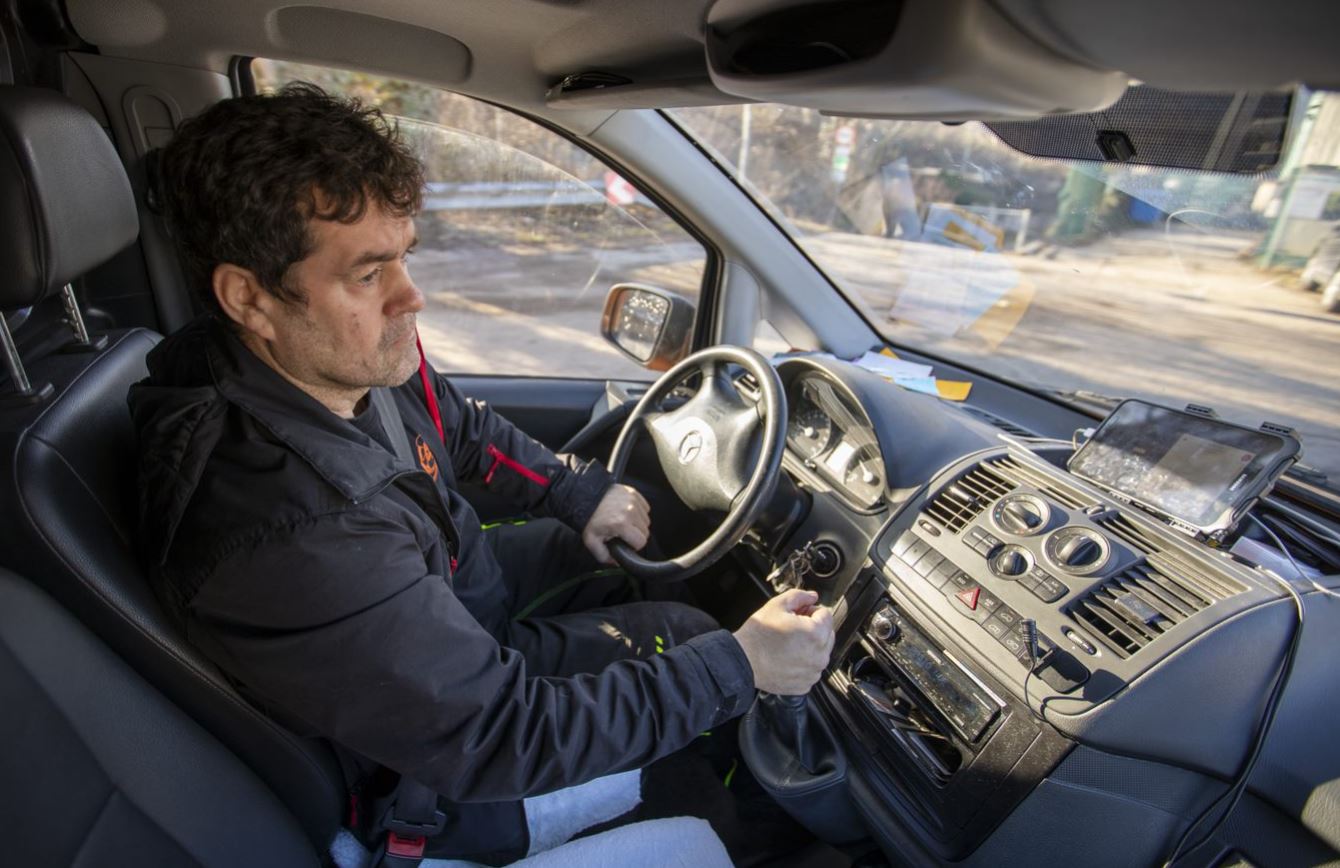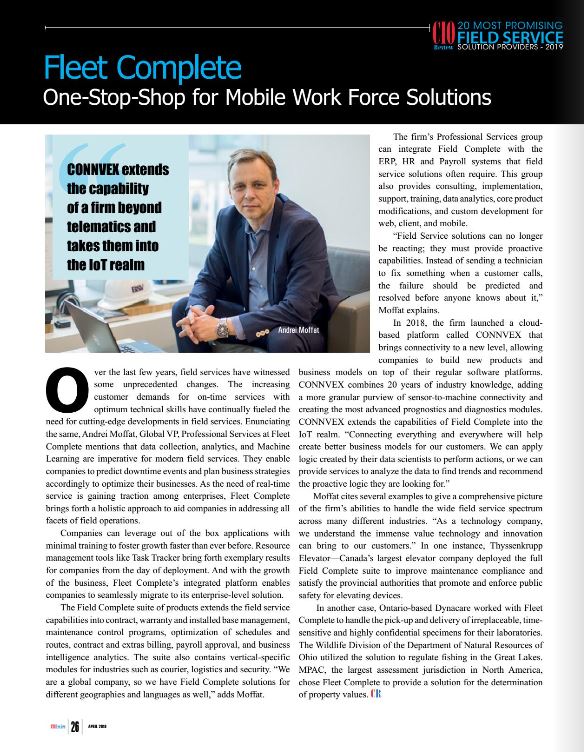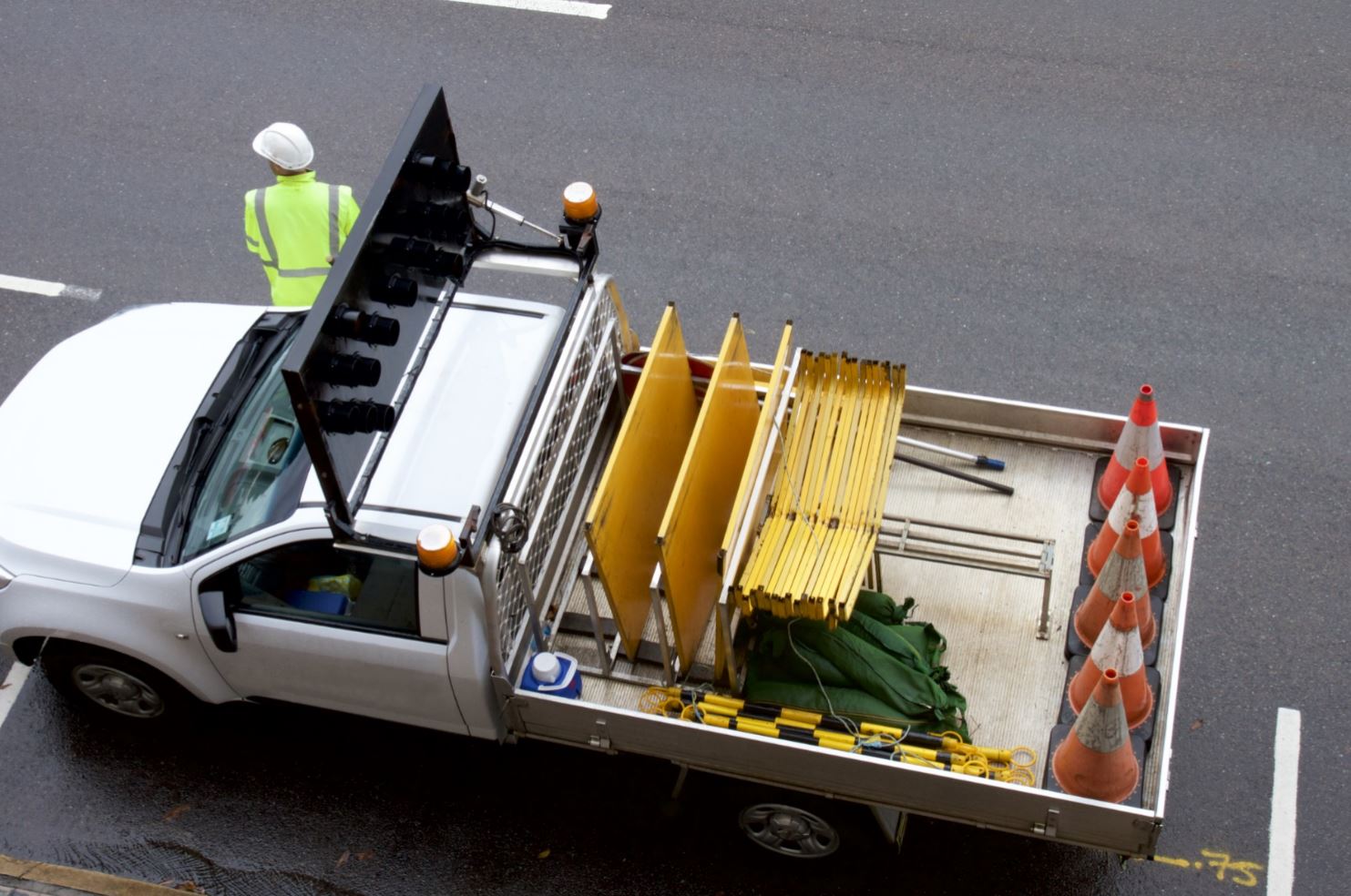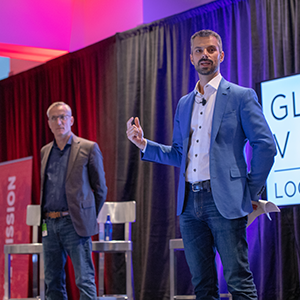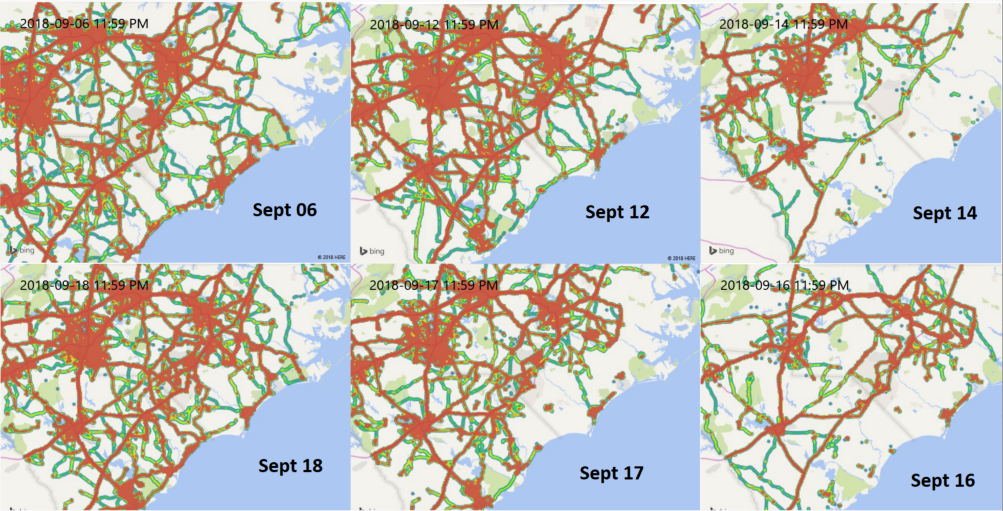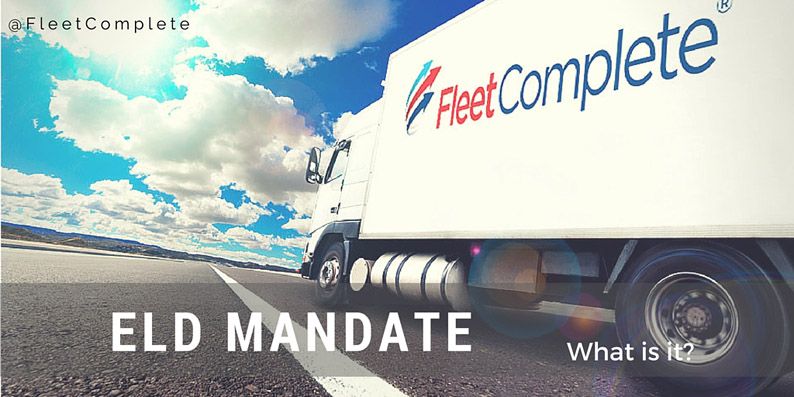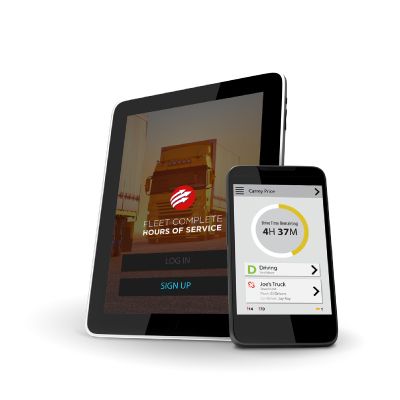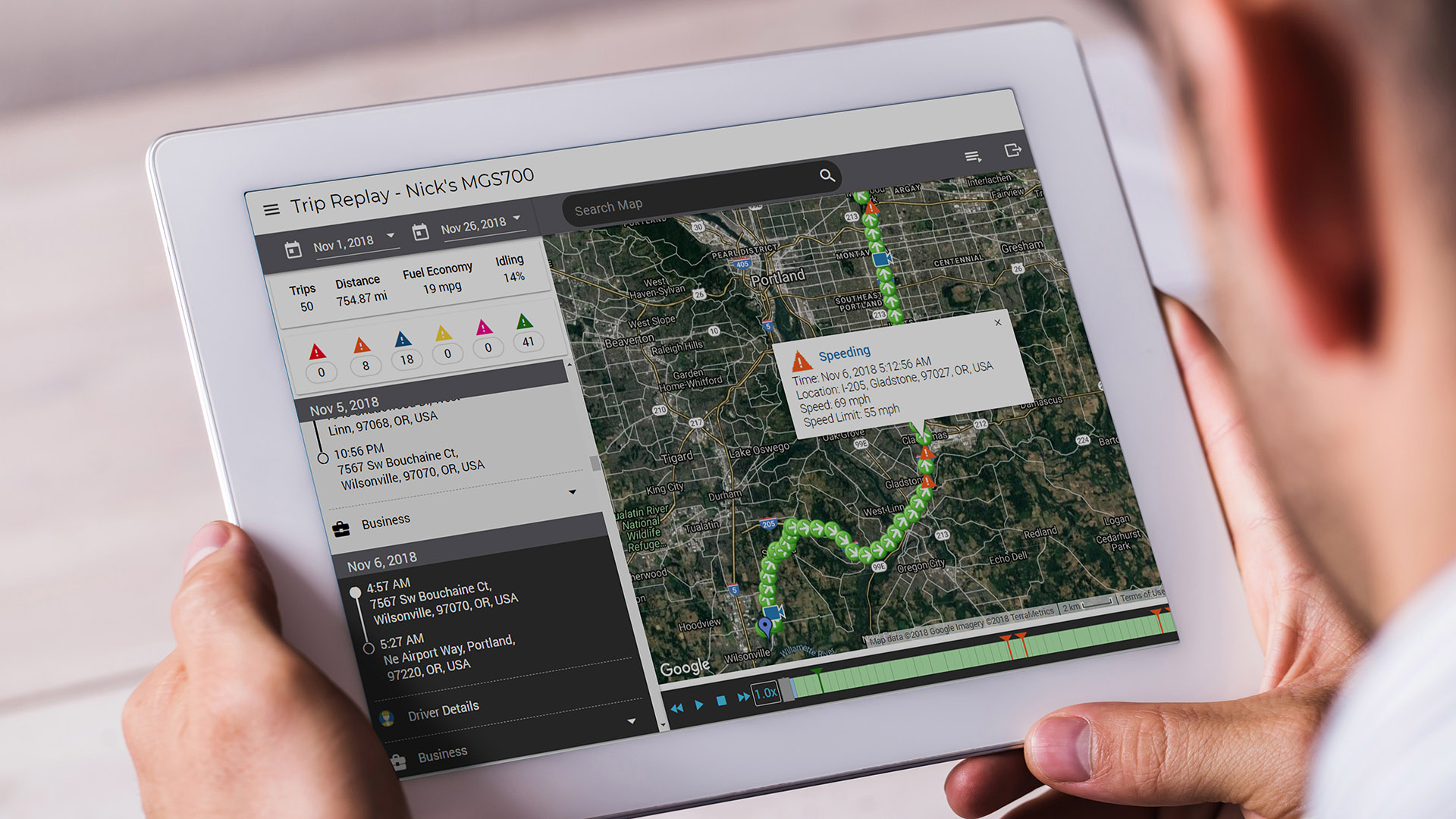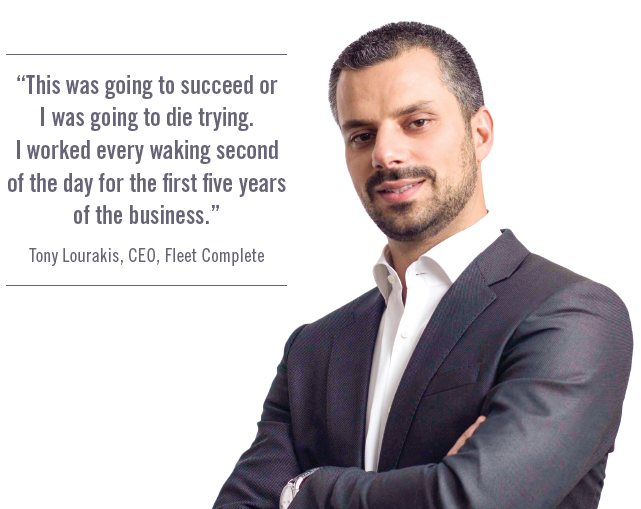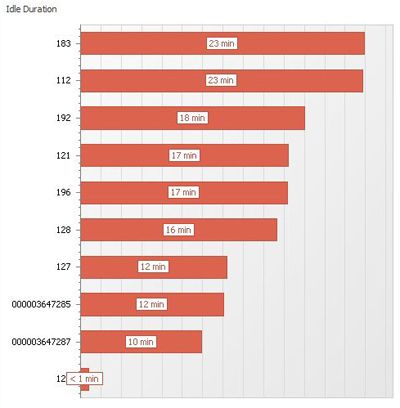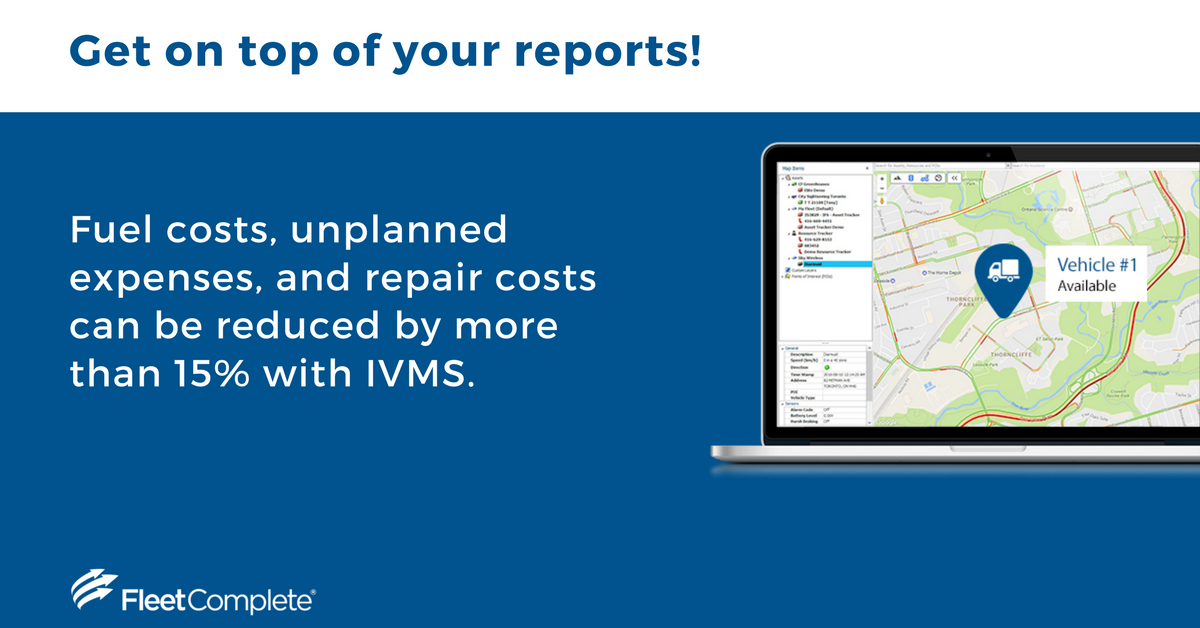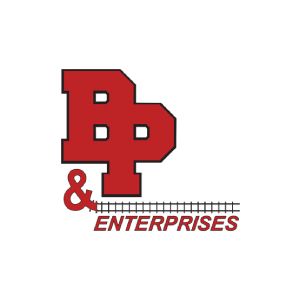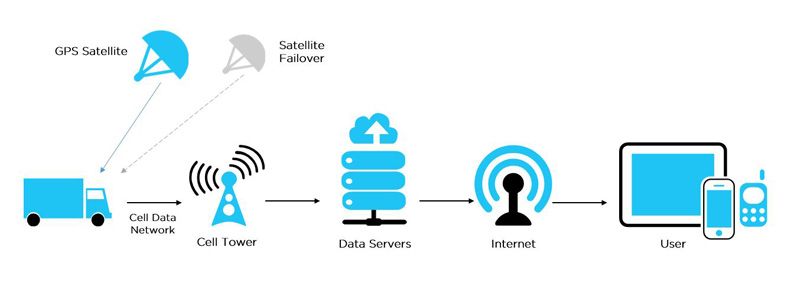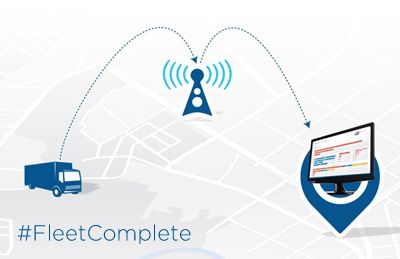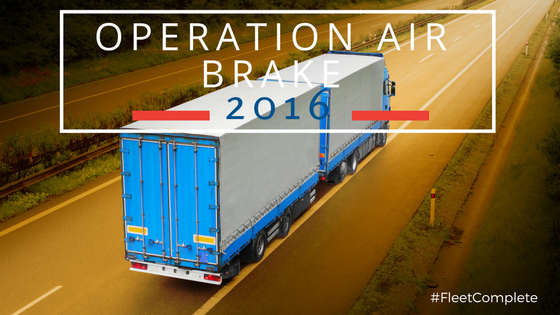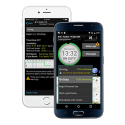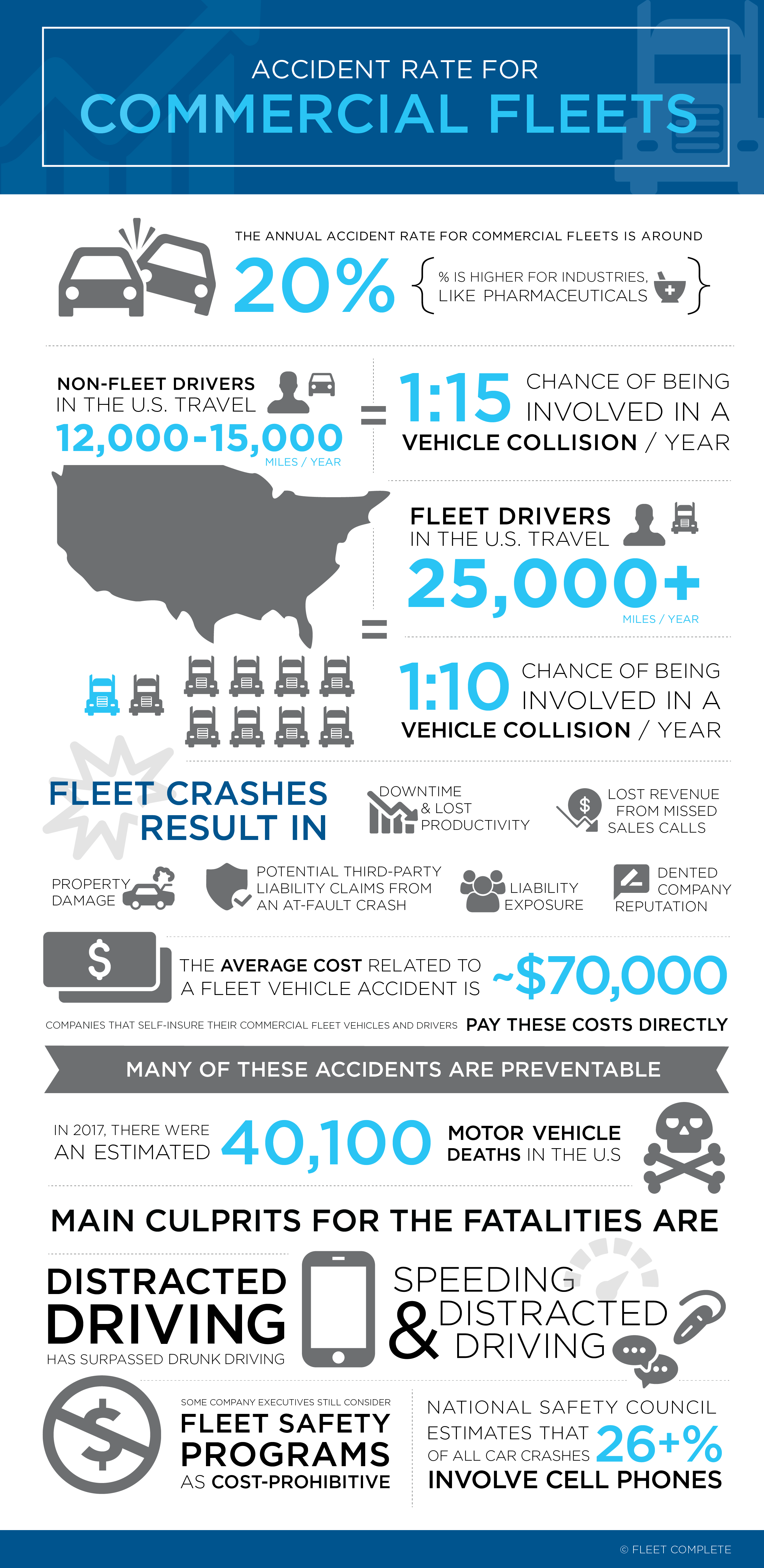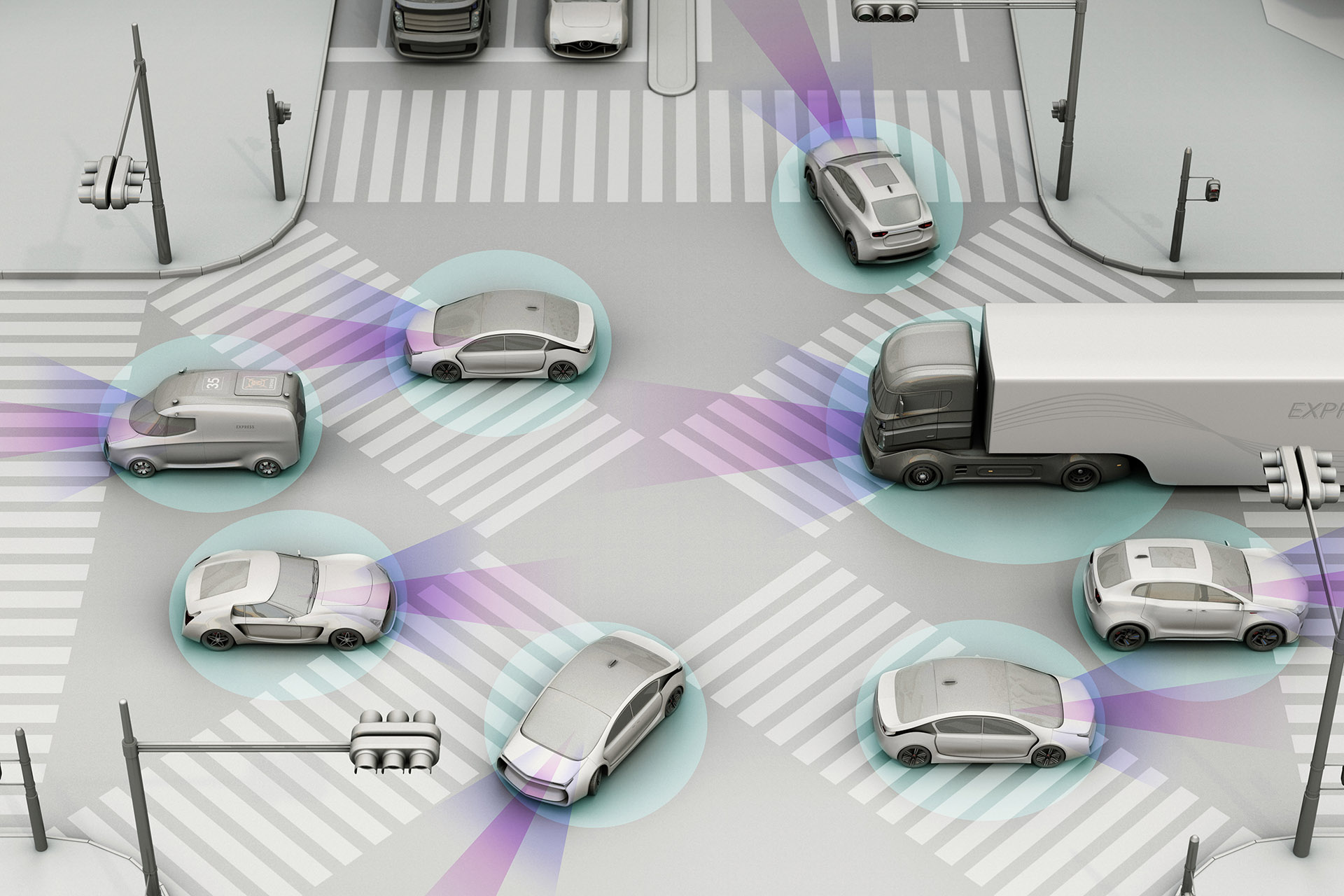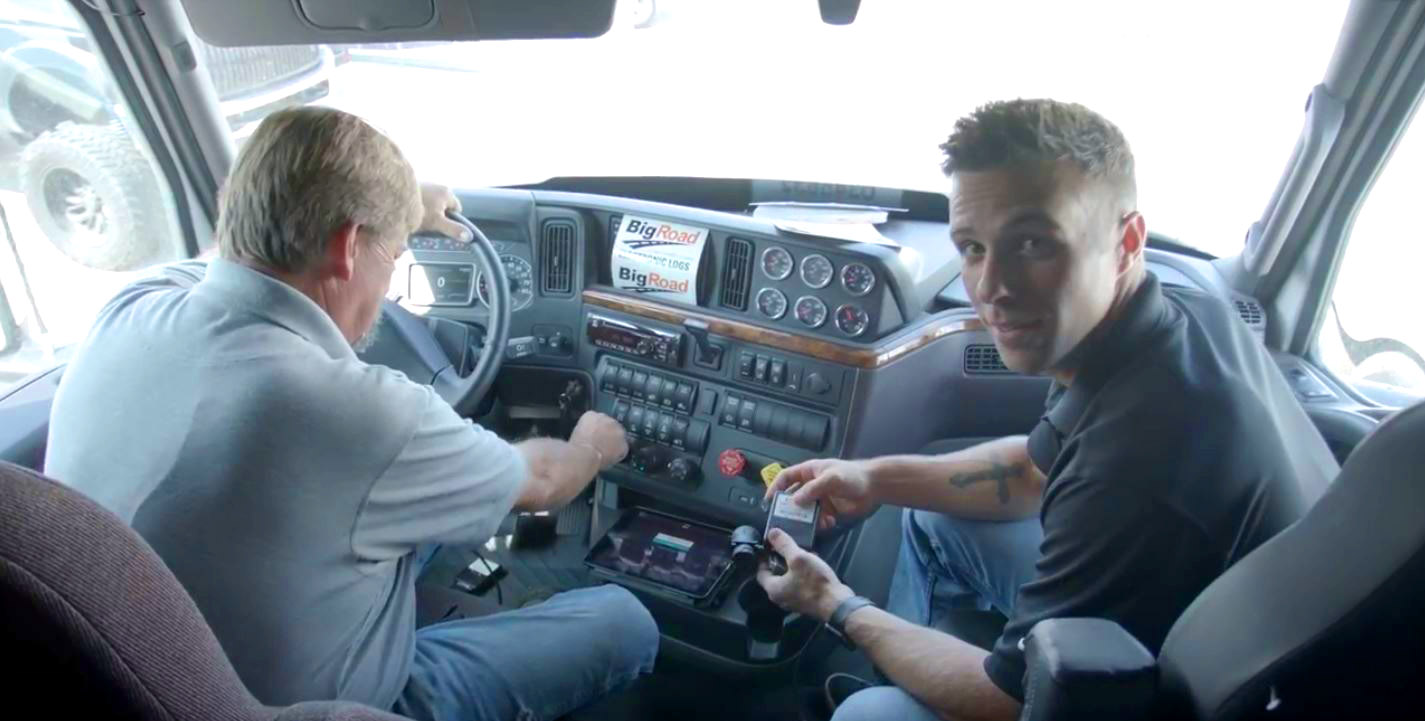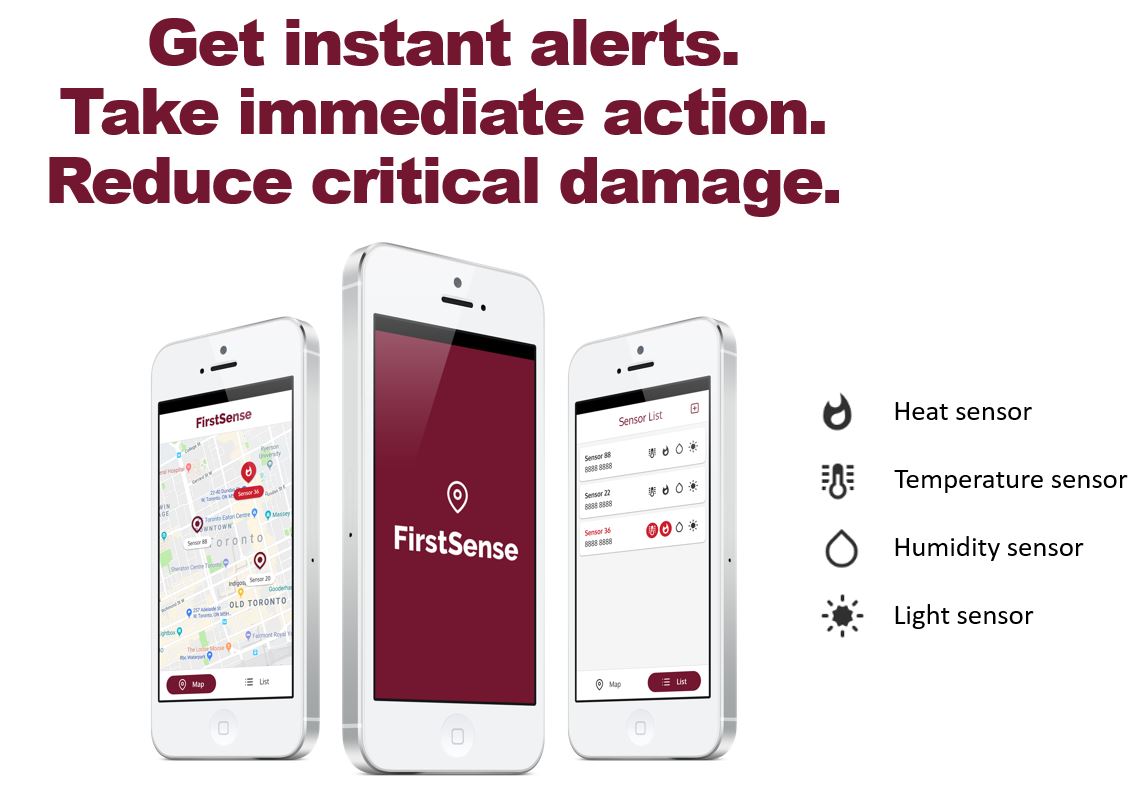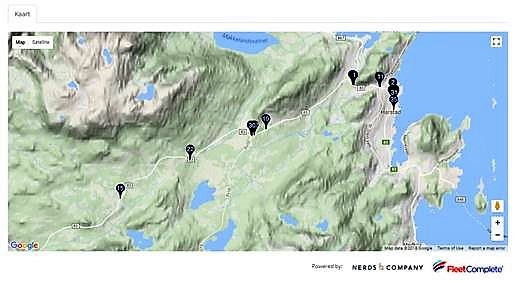Whether your fleet operates in North America, Australia, or Europe, chances are that your business pains are similar.
How do I drive my operating costs down?
What kind of technology will give me the best return on investment?
How do we roll it out with our drivers?
In this article, we give you first-hand interviews with customers from Lithuania that use Powerfleet’s (formerly Fleet Complete) Carsharing solution and save up to 30% on your fleet costs.
One company manages a fleet of 14,000 and owns only one car (curious yet?), another has a fleet of 1150 vehicles (pssst, it’s the Police Information Board).
“…we believe that the reductions in our car fleet allowed us to save around 30% on costs. As a result, we can now purchase more and newer vehicles. Moreover, the costs decreased by about 35% as a result of our car sharing arrangement”.
How did they do it? The Lithuanian Transport and Logistics news edition explains it all in their feature “Sharing discoveries make fleet management easier. Cost-reducing and efficient management of corporate vehicles”. Read the English copy of the article below.
BUSINESS NEWS – Tuesday 03/26/2019
Transport and logistics
Sharing discoveries make fleet management easier
Transport: Cost-reducing and efficient management of corporate vehicles
By LINAS BUTKUS
Enasbutkus@verslozinios.it
_____________________________________________________________________________________________________________
The sharing economy has become an arrangement for an efficient reduction in transport fleet operating costs, as has been proven by the experience of both commercial companies and public institutions.
Recent statistics indicate that private vehicles remain idle 95% of the time, therefore the costs allocated to such vehicles should be viewed as inefficiency-derived costs.
This is also true for company cars. An inefficient utilization of a company’s fleet creates unnecessary expenses – and the sharing economy, which is increasingly being used in different industries, may help reduce such expenses.
At the EXEX conference held in Vilnius last week, representatives from companies of different sizes and the police gladly shared their best practices in fleet management. They shared their experience in applying solutions for building and operating their vehicle fleets.
Eight cars at Bitė
Giedrius Skliutas, Sales Manager at Bitė Lietuva, mentioned that while having more than 800 employees, Bitė actually uses only eight cars owned by the company itself. Those are special high-pass vehicles with special equipment to service the company’s base stations. The company rents the other 80 vehicles from a company providing leasing services and shares them internally. Another 55 vehicles are rented from the company’s employees, managers or chief executives, through individual agreements.
“In terms of our size, we are among the 30 largest companies in Lithuania, but not a single manager has a company car. Of course, they have their own cars to their liking. There are some managers that do not even own a car, they do not even have a driver’s license”, says Skliutas. “A company car is most often one of the incentives for managers, however, our decision has some charm too, as our executives drive different cars – from a convertible to a minibus. Our Finance Manager, a high ranking official, needs a minibus, so he acquired one. I don’t think there are many companies that would buy a minibus for their managers.”
Getting rid of a problem
According to one of the managers at Bitė Lietuva, the main reason for this arrangement is the optimal management of the company’s car fleet. The manager also confirmed that this kind of arrangement addresses a lot of problems.
“This works as a self-regulatory mechanism, since we do not need a dedicated person to maintain the vehicles, take care of their repair, tires, insurance or replacement vehicles. No problems arise when a manager leaves or is unsure of what to do with his/her two- or three-year old vehicle. Now we can operate a large company with a large car fleet, just with half a person in charge. That is very efficient”, says Skliutas.
Skliutas also mentioned that apparently, the instances of ‘live’ communication with customers will become increasingly rare, as more and more services can be provided via electronic means. “That is clearly an ongoing trend, and it is rapidly getting increasingly established. For this reason, it is highly likely that such vehicle fleets will not significantly grow in the future. It is also quite possible that the car sharing services will become more and more popular,” Skliutas concludes on the overall trends in car feet.
Juozas Stundys, Head of the Design and Development Division of the Police Information Board, says that the car sharing system, currently used by the Police, led to a new level of efficiency in operating the car fleet.
It is quite difficult to estimate a tangible benefit, because the largest achievement is an increased operational efficiency and savings in working time.
Andrejus Volynkinas, an ABB business partner in Latvia and Lithuania, has said that the business unit is undergoing significant changes throughout the world. And everything that is not directly related to the direct operations of the business unit is outsourced to other companies. Therefore, ABB with 147,000 employees globally today perfectly manages a fleet of 14,000 cars. In Lithuania, ABB owns only one car, while all other vehicles are rented.
No resistance
According to the representative of the business unit, the vehicle sharing service was selected because of noticing that the business unit’s employees could not freely use the company cars.
“It turned out that some peers would pick up the car keys without informing anybody. So, we installed a telemetry system that recorded all the vehicles leaving the site and the time they returned”, says Volynkinas. Later, having carefully analyzed the activity of the commercial vehicles used, the company decided they did not actually need any official commercial vehicles. So, the company decided to dispose of three VW Caddy, and instead it now uses one passenger vehicle. The company currently uses 17 cars, regularly driven by about 35 staff members. Andrejus Volynkinas also mentioned that from the side of the employees there was no resistance, as it did not take long for them to see the advantage of the solution.
“It is quite difficult to estimate a tangible benefit, because the largest achievement is an increased operational efficiency and savings in working hours. For instance, there is no longer the need to fill-in the paper-based reports on fuel consumption. If it takes about half an hour to fill-in one report, 30 employees save 15 working hours per month. What is more, in case we received a report from the police about a recorded road traffic offence, we had to try and figure out who the offender was. Then, half of our department employees would have to recall what kind of project was in progress half a year ago, and which employee was driving to that destination throughout Lithuania. The car sharing system that we operate today makes it really easy to find who the offender was.”
A fleet of 1,600 vehicles
Still, no vehicle sharing solutions currently used at companies can be compared to the Powerfleet (formerly Fleet Complete) system adapted to the Lithuanian Police. Currently there are 10,000 employees working at the institution, using around 1,600 cars. In addition to this, there are plans to expand the fleet further.
Juozas Stundys, Head of the Design and Development Division of the Police Information Board, recalls that the reform of the vehicle fleet was launched at the end of 2015. At that time, like in many public institutions, some vehicles were assigned to managers, and some others were used by individual departments. As a result, problems occurred when one staff member would go on a business trip and the others would not be able to have access to that vehicle.
How it all started
“It would happen that the car park was full of vehicles, as the other Board Members simply were not using them. According to the applied formalities, a Board Member would be assigned to a specific vehicle and, due to certain liability-related aspects, nobody else would be able to use that vehicle”, says Stundys.
Later we started looking into some options, in order to change this arrangement.
“As an example, I could mention options for inventory sharing, like when the printers previously installed in every room were replaced by a single printer, which is now available on every floor. This, however, required certain changes in habits, therefore we did encounter resistance. This decision yielded some quite satisfactory results”, says Stundys. “Another example – we installed shared workplaces that could be used by the officers working on the streets when necessary. The officers now carry a tablet each, so five staff members can share one computer in the office.”
Then we looked into the vehicle sharing service. The Police found a company with a well-established and proven system and tested it on six vehicles. Thus, without causing any revolution since it was tested on a very small scale, we managed to assess its efficiency, its potential return on investment and whether it would be well received by its users.
“We realized the benefit immediately, even when we were using just a few cars. And three years later, some 1,150 vehicles were included in the system, turning the Police into the largest customer in Lithuania. Mathematically, that amounts to about one vehicle per day”, says a representative of the Police Information Board. By using the platform, the Police provides its services also to other institutions, such as the State Border Guard Service, or the Police Department, who under this arrangement just have to acquire the required telemetry equipment.
Just like all the other organizational changes, this too was received with some degree of resistance. The employees’ arguments included the size of the organization and their own special status. According to Stundys, it was the strong support from the side of management that helped overcome this challenge.
“I specifically identify the strong support from management as a critical factor in introducing those habit-changing solutions”, said the police representative.
Scalable economy
“Some arguments suggest that when an employee is aware that their equipment may be tracked, the company saves up to 30% on costs. It is not our intention to make high accuracy calculations, as that would be extremely complex. But we believe that the reductions in our car fleet allowed us to save around 30% on costs. As a result, we can now purchase more and newer vehicles. Moreover, the costs decreased by about 35% as a result of our car sharing arrangement”, says Stundys. Stundys also sees other sharing opportunities. For instance, when going for a longer time to another institution, it would be a good idea to use the CityBee service, as it is really inefficient to have a vehicle parked somewhere for an entire day, preventing other employees from using it.
Learn more about Fleet Sharing here.
